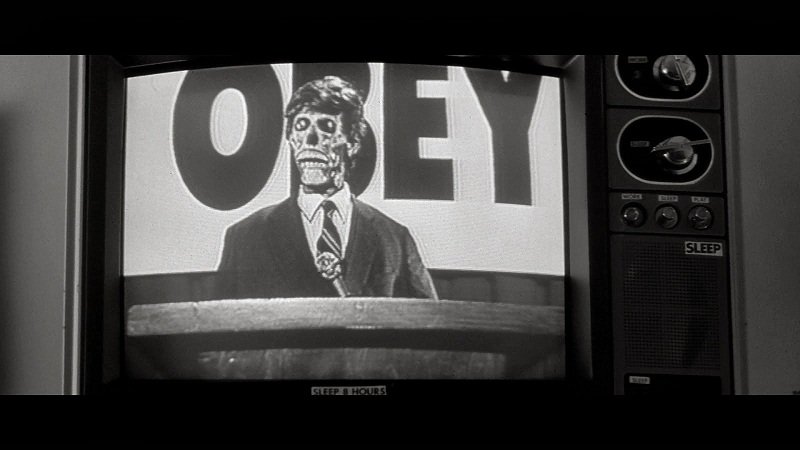Psychology Experiments – Milgram Experiment
I'm not normally interested in psychology, but today while browsing the internet, I came across and read a news article titled "The Milgram Experiment." It seemed interesting. I wanted to write about it here, adding my own interpretation. So, here we go.
Dr. Stanley Milgram (who took his surname as his name) conducted the experiment at Yale University in 1961. His purpose was to: Would a person follow orders given by authority, even if they contradicted their conscience? This, in short. His inspiration was the trial of Nazi war criminal Adolf Eichmann in Jerusalem, and the experiment was conducted three months after that trial. The question that arose in his mind was: “Were the consequences of genocide accepted by Eichmann and his ilk, or did these people commit genocide because they submitted to authority?” But what I wrote briefly is enough.
They advertise the experiment in the newspaper and recruit unrelated individuals from all walks of life and educational backgrounds. The experiment consists of three people: an observer representing authority, a student, and a teacher. However, the student, unknown to the subject, is part of the experimental team and is acting as a role model. They present the subject with the card marked "teacher" in a drawing, and the other student will be the teacher. However, both cards say "teacher." So, even if the subject doesn't know, it's certain that the student will be the teacher. Before the experiment begins, the student convincingly talks to some of the subjects about their heart condition, even forging an emotional bond.

Deney sonucu ise şu şekilde çıktı. Her ne kadar en sonunda hepsi de bundan rahatsızlık duyduğunu belirtse de hiç bir denek 300 volttan önce deneyi durdurmadı. %60’ı yani 40 kişiden 26’sı emre uyarak sonuna kadar gitti ve 3 kez tekrarlanan ve insanı öldürecek olan 450 volt elektriği uyguladı.
The system is simple. The observer stands next to the teacher as the authority. There's a wall between the teacher and the student. The teacher teaches the student the text on a piece of paper and then asks questions. If the student doesn't understand the questions, the teacher administers an electric shock. Beforehand, the teacher is given a small electric shock so the student knows the pain he or she will experience. Or so they think. The student won't actually be shocked. Voices and screams recorded during certain shocks are played back. At later points, the student reacts by punching the wall. The electric shock is 15 times the magnitude.
I'll pause here and add this: Dr. Milgram interviewed university students and faculty before the experiment. They questioned what someone would do in such an experiment. Almost overwhelmingly, they stated that they would stop administering electricity after a certain point. They said they would never, ever administer 300 volts or the lethal 450 volts. And the experiment ended after 450 volts were administered three times. Keep this in mind.
The experiment begins. The teacher asks questions and administers an electric shock after each error. After 150 volts, reactions such as sweating, anxiety, and nervousness begin to appear. Those who wish to stop the experiment are given the following four responses after each request. If they still want to stop after the fourth attempt, the experiment is stopped. Otherwise, it remains.
- Please continue.
- According to the experiment you should continue is required.
- You should continue It is really very important.
- You have no choice but to continue you have to.
Yukarıda söylediğim deney öncesi sorguyu hatırladınız değil mi? Deney sonucu ise şu şekilde çıktı. Her ne kadar en sonunda hepsi de bundan rahatsızlık duyduğunu belirtse de hiç bir denek 300 volttan önce deneyi durdurmadı. %60’ı yani 40 kişiden 26’sı emre uyarak sonuna kadar gitti ve 3 kez tekrarlanan ve insanı öldürecek olan 450 volt elektriği uyguladı.
- Theory of Morality: It is a theory about an individual and the group to which they belong. If an individual is not expert or capable of making decisions, they will leave the decision-making to the group and the hierarchical order. The group will be the individual's behavioral model.
- Mediated Situation Theory: The key element of submission is that an individual does not see himself as responsible for his actions because he is fulfilling the wishes of another. If one were to adopt this view, all the requirements of submission would be fulfilled.
You can also watch a video about this experiment.
[youtube http://www.youtube.com/watch?v=_e1_-UpdzZ0]
This experiment was repeated in subsequent years, but no change was observed. Now, to my point: if conscientious people obey orders from authority even when they contradict their conscience, what do communities of people whose conscience I often doubt and who fight to establish their own truth do? Perhaps this is the reason humanity can never find peace, who knows. Where do you see yourself? Can we give an honest and unbiased answer?
There are a few more psychological experiments like this. I'll research and write about them later.




